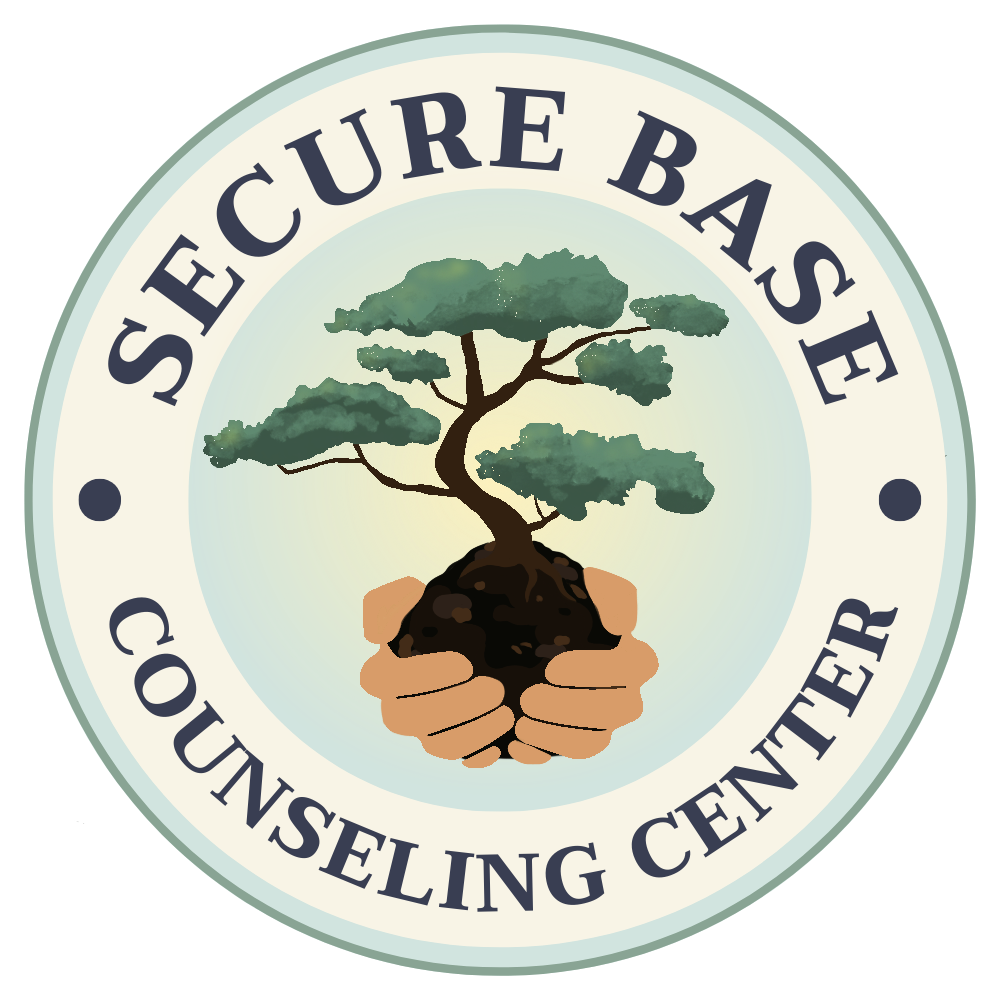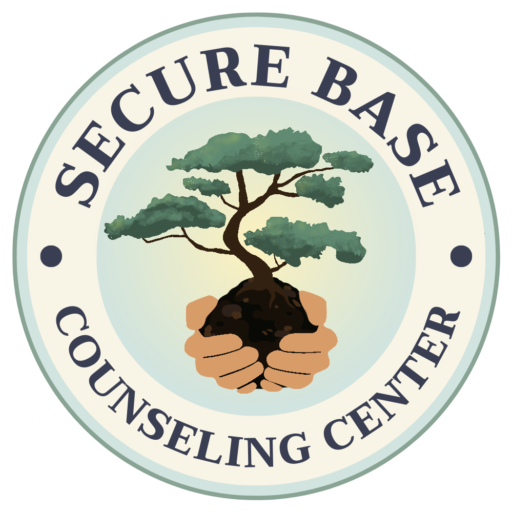Autism Testing in Minnesota
We provide Autism Testing for children and adults
Common FAQs for Autism Testing
How do they test for autism?
Testing for autism involves a comprehensive evaluation that looks at a child’s (or adult’s) developmental history, behavior, communication, and social skills. There’s no single medical test (like a blood test) for autism. Instead, professionals use standardized screening tools, observations, and interviews. The process typically includes:
-
Parent or caregiver questionnaires
-
Behavioral observations by a clinician
-
Developmental assessments to evaluate communication, social interaction, and play
-
Standardized tools like the ADOS-2 (Autism Diagnostic Observation Schedule) and the ADI-R (Autism Diagnostic Interview-Revised)
Evaluations are often done by a developmental pediatrician, psychologist, neurologist, or a team at an autism clinic. Early diagnosis and intervention can make a big difference in outcomes.
What are 5 of the main symptoms of autism disorders?
Autism Spectrum Disorder (ASD) presents differently in each person, but five of the most commonly recognized core symptoms include:
- Challenges with social communication – Difficulty with back-and-forth conversations, understanding tone or facial expressions, or forming relationships
- Repetitive behaviors – Such as hand-flapping, rocking, or repeating phrases (echolalia)
- Restricted interests – Intense focus on specific topics or activities (e.g., trains, numbers, dinosaurs)
- Sensory sensitivities – Over- or under-reacting to sounds, lights, textures, or other sensory input
- Difficulty with transitions – Struggling with changes in routine or unexpected events
It’s important to note that autism exists on a spectrum, and symptoms can vary widely in type and intensity from person to person
What is the 20 question test for autism?
The “20 question test for autism” is likely referring to one of the common screening questionnaires used to identify early signs of autism, such as the Modified Checklist for Autism in Toddlers (M-CHAT) or similar tools. These quick checklists ask questions like:
-
Does your child respond to their name?
-
Does your child make eye contact?
-
Does your child engage in pretend play?
-
Does your child point to show interest?
These screeners are not diagnostic, but they help flag whether a child should be referred for a full evaluation. They are often used during routine pediatric checkups around ages 18–24 months.
How do you get diagnosed with autism?
To get diagnosed with autism, you typically start by raising concerns with your doctor, who may refer you to a specialist such as a developmental pediatrician, child psychologist, or autism assessment clinic. The diagnostic process usually includes:
- Intake interview with parents or the individual about developmental history
- Observations of behavior, communication, and play
- Standardized assessments like the ADOS-2
- Rule-outs of other conditions (e.g., hearing loss, ADHD, or anxiety)
- Written report with a formal diagnosis, if criteria are met
In children, schools may also offer assessments as part of an Individualized Education Program (IEP) process, though this isn’t a medical diagnosis. In adults, a psychologist or neuropsychologist can provide a diagnosis based on history and current symptoms.
Secure Base Counseling provides Autism Diagnosis Testing in Minnesota. Get Started today!

